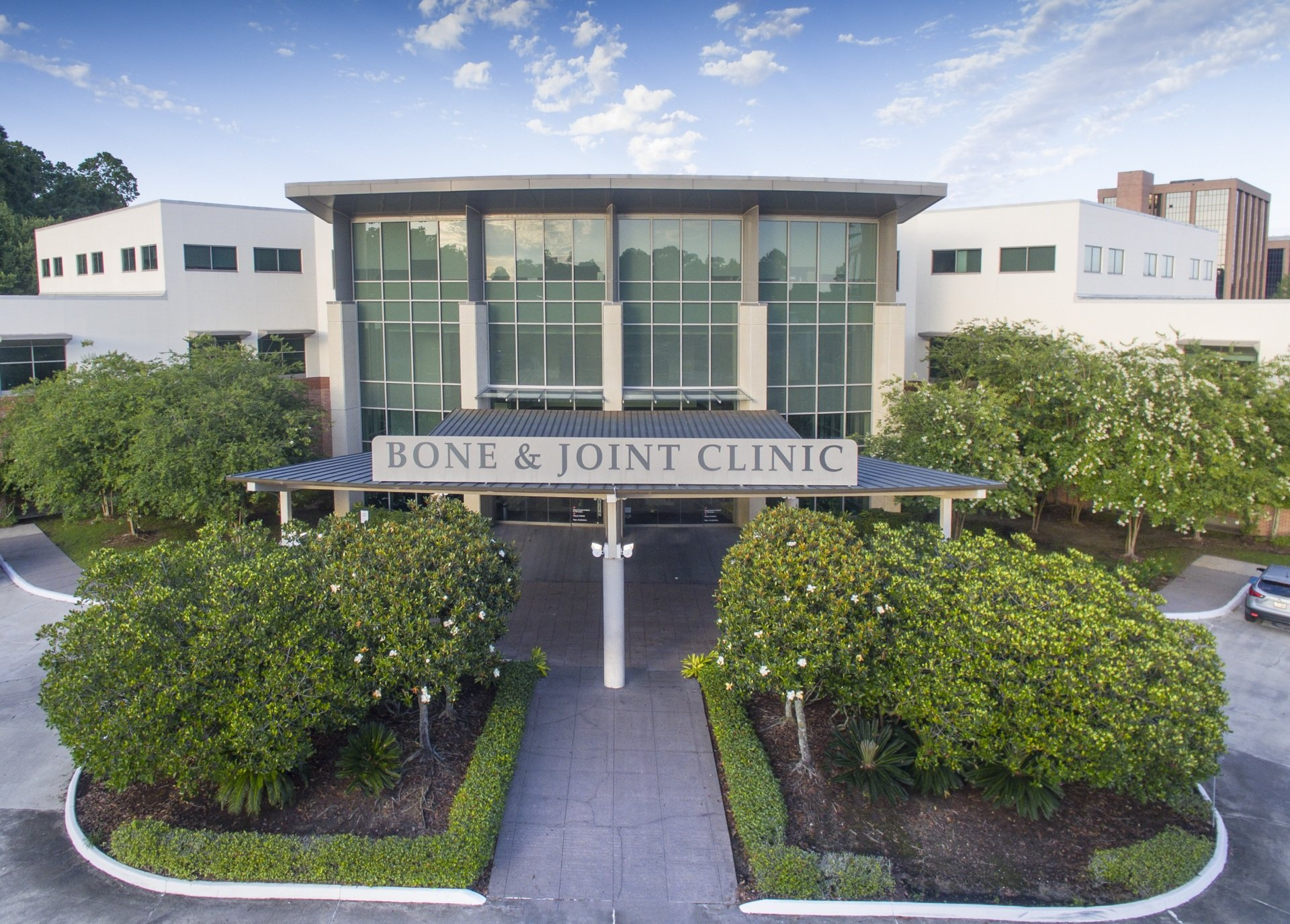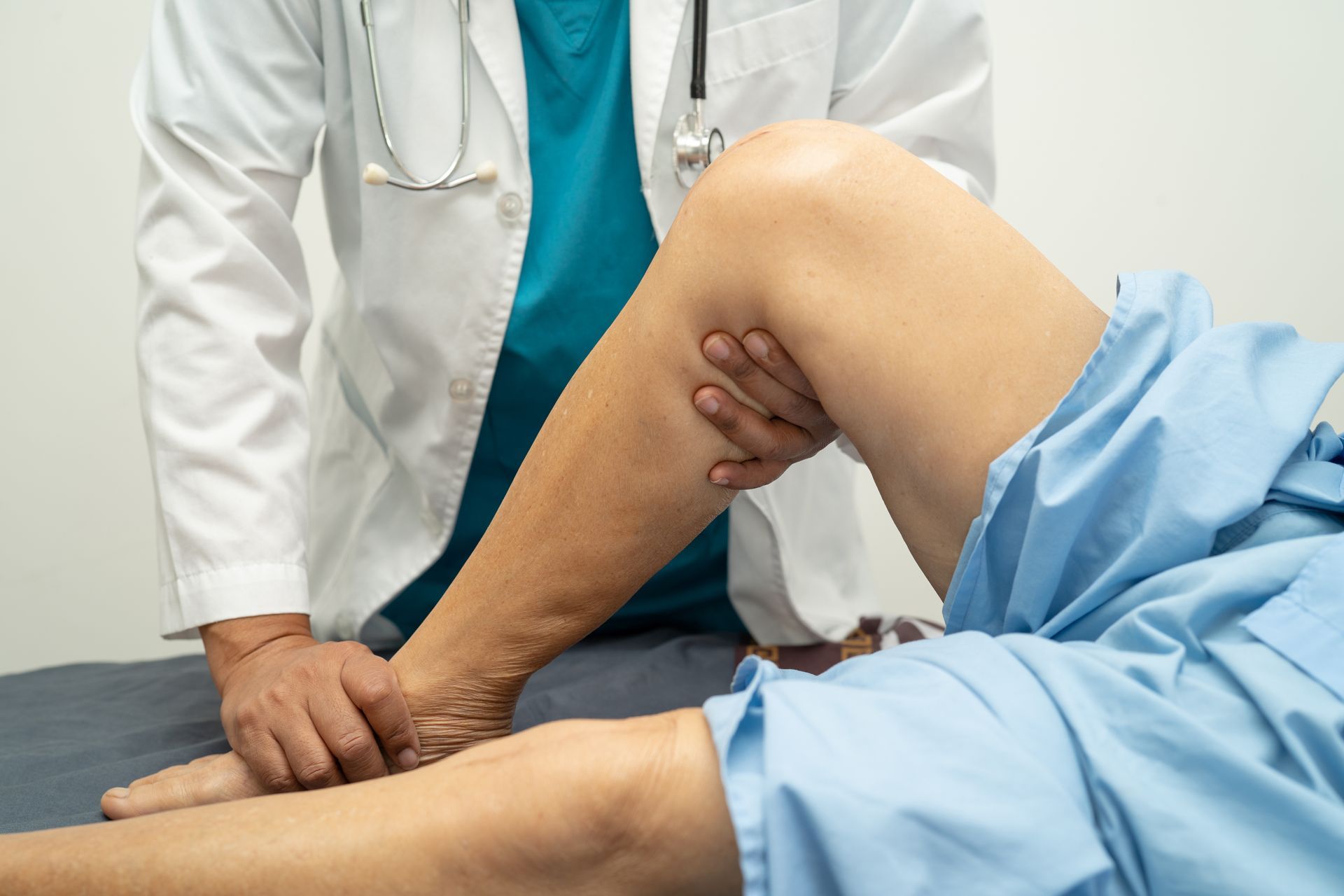The vital role of hip joints is often overlooked…until they hurt. Hip pain, soreness, and stiffness can quickly become unbearable and sideline us from the things we enjoy the most. Even a task as simple as putting on socks and shoes can result in debilitating discomfort when a severely damaged or arthritic hip is involved. Likewise, climbing stairs, taking a long walk, and even resting comfortably can all become nearly impossible as the condition worsens, and at this point, a total hip replacement may become a viable option.
When is a Hip Replacement Needed?
Hip replacements are certainly not uncommon. According to estimates, over 300,000 of them are performed across the U.S. annually. However, they should still be considered a last resort option. While the procedure itself is very safe and carries a high satisfaction rate, every surgical procedure is accompanied by a certain level of risk and should only be recommended when other treatment options such as anti-inflammatory medications or physical therapy have failed to bring relief.
What is a SuperPath Hip Replacement?
SuperPath, or Supercapsular Percutaneously Assisted Total Hip, is a special technique to perform total hip replacements that causes minimal disruption to the hip capsule and surrounding soft tissues. It was first introduced in 2010 and has been quickly proven as a safe and highly beneficial alternative to traditional replacements. The main distinguishing factors of SuperPath are a smaller incision, greater preservation of deep tissues with minimal dissection, and the ability to perform the procedure without the need to dislocate the hip joint. This is in contrast to standard techniques where the leg must be twisted to dislocate the hip and perform the procedure.
What are the Benefits of SuperPath Hip Replacement?
Due to its minimally invasive nature, SuperPath hip surgeries carry a number of benefits over traditional replacements. These include:
- Less post-operative pain
- Minimal scarring and blood loss
- Shorter hospital stays
- Faster recovery time
- No restrictions on hip positions (i.e. – bending down, crossing legs, etc.)
What is SuperPath Recovery Like?
Recovery from SuperPath hip replacement is far quicker and less complicated than alternatives. Patients can expect to be able to rest their hip comfortably in any position without restriction, and although walking aids may be used for a brief time, most activities can be quickly resumed with the exception of jogging or high impact sports. In an effort to speed recovery and strengthen the hip, many surgeons also recommend physical therapy following surgery.
If you are suffering from hip pain that has become debilitating and is interfering with everyday life, it is time to speak with a hip replacement specialist. Schedule an appointment with a physician such as those at the Bone & Joint Clinic of Baton Rouge, and ask about potential treatment options, including the SuperPath hip procedure. It may be just the solution you need.


7301 Hennessy Blvd.
Suite 200
Baton Rouge, LA 70808
tel: (225) 766-0050
fax: (225) 766-1499
Bone & Joint Clinic of Baton Rouge, Inc. complies with applicable Federal civil rights laws and does not discriminate on the basis of race, color, national origin, age, disability or sex.
Click to view our notice.
Bone & Joint Clinic of Baton Rouge | All Rights Reserved.


